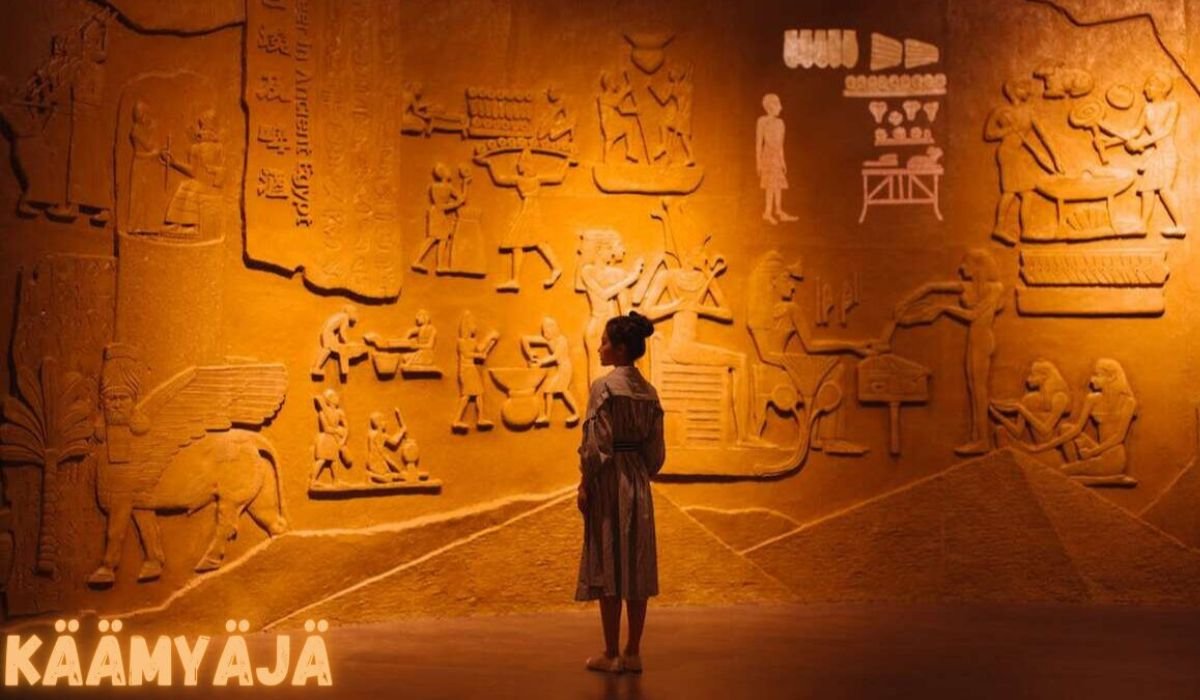I. Introduction
The Tannaim hold a central place in Jewish law and tradition, as they were the scholars responsible for interpreting and transmitting the oral law in the era preceding the codification of the Mishnah. These rabbinic sages shaped Jewish legal discourse, and their teachings continue to influence Jewish law and practice today. One of the primary sources for studying their work is the Rambam’s Peirush Mishnayos (Commentary on the Mishnah). In this article, we will explore the Tannaim mentioned in this important work, offering insights into their contributions to Jewish law and their lasting impact.
The purpose of this article is to provide a comprehensive list of Tannaim from the Peirush Mishnayos and examine their contributions to Jewish tradition and legal discourse.
II. Who Were the Tannaim?
Definition and Role
The term “Tanna” refers to the Jewish sages who lived during the first and second centuries CE, tasked with preserving and transmitting the Oral Torah. The Tannaim served as the primary authorities of Jewish law and legal interpretation, contributing to the development of the Mishnah. Their era, known as the “Tannaitic period,” extended from around 10 CE to 220 CE.
Time Period and Geographical Location
The Tannaim lived during the period when the Jewish people were experiencing great upheaval, including the destruction of the Second Temple in 70 CE. Geographically, they were concentrated primarily in the Land of Israel, particularly in the regions of Judea and Galilee.
Major Schools of Tannaim
The Tannaim are often associated with two major schools of thought: the House of Hillel and the House of Shammai. These two academies were led by the prominent sages Hillel and Shammai, whose differing approaches to Jewish law and tradition sparked many debates. Hillel is known for his more lenient interpretations, while Shammai is remembered for his more stringent views.
III. The Rambam’s Peirush Mishnayos
Overview of the Peirush Mishnayos
The Peirush Mishnayos is a commentary written by the Rambam (Maimonides) on the entire Mishnah. This work is one of the Rambam’s most important contributions to Jewish scholarship. It offers an in-depth analysis of the Mishnah’s text and provides explanations that clarify the meaning of various legal discussions.
Rambam’s Methodology
The Rambam’s approach in the Peirush Mishnayos is systematic and logical. He frequently employs reason and analogy to interpret complex legal discussions. His commentary reflects a deep engagement with the teachings of the Tannaim, and he often references earlier sages to clarify the Mishnah’s meaning.
Unique Insights
One of the Rambam’s key contributions in the Peirush Mishnayos is his ability to synthesize earlier teachings, making them accessible to a broader audience. He not only provides explanations of the Mishnah but also brings the reader into the broader context of Jewish legal thought, citing the Tannaim frequently and explaining their positions.
IV. A Comprehensive List of Tannaim
Below is a detailed list of Tannaim mentioned in the Peirush Mishnayos. Each entry includes the Tanna’s full name, affiliation, and a brief overview of their contributions to Jewish law.
1. Rabbi Akiva
Affiliation: House of Hillel
Contributions: Rabbi Akiva was one of the most influential Tannaim, responsible for organizing much of the oral law. His methods of interpretation laid the foundation for much of Jewish legal tradition.
2. Rabbi Eliezer ben Hyrcanus
Affiliation: House of Shammai
Contributions: Known for his uncompromising adherence to tradition, Rabbi Eliezer’s legal rulings often reflected the stringent positions of the House of Shammai. He was an important figure in many legal debates.
3. Rabbi Yochanan ben Zakkai
Affiliation: Neutral
Contributions: A pivotal figure in ensuring the survival of Judaism after the destruction of the Second Temple, Rabbi Yochanan ben Zakkai relocated the center of Jewish learning to Yavneh and helped preserve the oral tradition.
4. Rabbi Meir
Affiliation: House of Hillel
Contributions: A student of Rabbi Akiva, Rabbi Meir contributed significantly to the redaction of the Mishnah. His legal rulings are frequently cited in discussions throughout the Talmud.
5. Rabbi Shimon bar Yochai
Affiliation: House of Hillel
Contributions: A mystic and legal scholar, Rabbi Shimon is also associated with the Zohar, a foundational text of Kabbalah. His legal opinions are often found in the Mishnah.
6. Rabbi Yehuda HaNasi
Affiliation: House of Hillel
Contributions: Known as the redactor of the Mishnah, Rabbi Yehuda HaNasi’s work in organizing the oral law is foundational. He played a central role in preserving the teachings of the Tannaim.
V. Key Tannaim and Their Teachings
Rabbi Akiva’s Teachings
Rabbi Akiva taught that love and respect for others are the core principles of the Torah. His legal methodology, which included deriving laws from subtle textual details, revolutionized Jewish jurisprudence.
Rabbi Meir’s Teachings
Rabbi Meir was known for his sharp intellect and ability to present multiple sides of an argument. His teachings emphasize balance in legal interpretation and respect for differing viewpoints.
Rabbi Shimon bar Yochai’s Teachings
Rabbi Shimon bar Yochai taught that suffering in the material world brings spiritual elevation. He also stressed the importance of secrecy in mystical teachings, contributing significantly to the development of Jewish mysticism.
VI. The Rambam’s Interpretation of Tannaitic Teachings
Use of Analogy and Reasoning
The Rambam often uses analogy to explain difficult Tannaitic teachings. He compares legal principles across different areas of the Mishnah to create a coherent framework of Jewish law.
Resolving Tannaitic Disagreements
When faced with Tannaitic disagreements, the Rambam employs a structured approach. He evaluates the reasoning of each side and often sides with the majority opinion, though he occasionally supports minority views if they align with his own legal philosophy.
VII. The Legacy of the Tannaim
The Tannaim’s teachings continue to shape Jewish law today. Their interpretations of the Oral Torah serve as the basis for the Talmud and other later legal texts. The Peirush Mishnayos preserves their teachings, allowing future generations to engage with their insights.
You May Also Like: Lindell 46 Livewell Size: The Ultimate Fishing Companion
VIII. Conclusion
The Rambam’s Peirush Mishnayos offers a wealth of information about the Tannaim, their teachings, and their contributions to Jewish law. By studying these rabbinic sages, we gain a deeper understanding of Jewish tradition and the foundations of halacha (Jewish law). The Tannaim’s teachings remain relevant, offering valuable lessons for navigating both religious and ethical challenges in the modern world.
FAQs
- Who were the Tannaim?
The Tannaim were Jewish sages responsible for preserving and transmitting the Oral Torah during the first and second centuries CE. - What is the Rambam’s Peirush Mishnayos?
The Peirush Mishnayos is a commentary by the Rambam on the Mishnah, offering insights and explanations of Jewish law. - Who is Rabbi Akiva?
Rabbi Akiva was a central figure in the Tannaitic period, known for his contributions to Jewish law and the development of the Mishnah. - Why is Rabbi Shimon bar Yochai significant?
Rabbi Shimon bar Yochai is significant for his mystical teachings and contributions to both legal scholarship and Kabbalistic thought. - What impact did the Tannaim have on Jewish law?
The Tannaim shaped the foundation of Jewish law, with their teachings forming the basis for the Mishnah and later Jewish legal texts.










